Where to hike during wildfire season? Here are 7 places to go
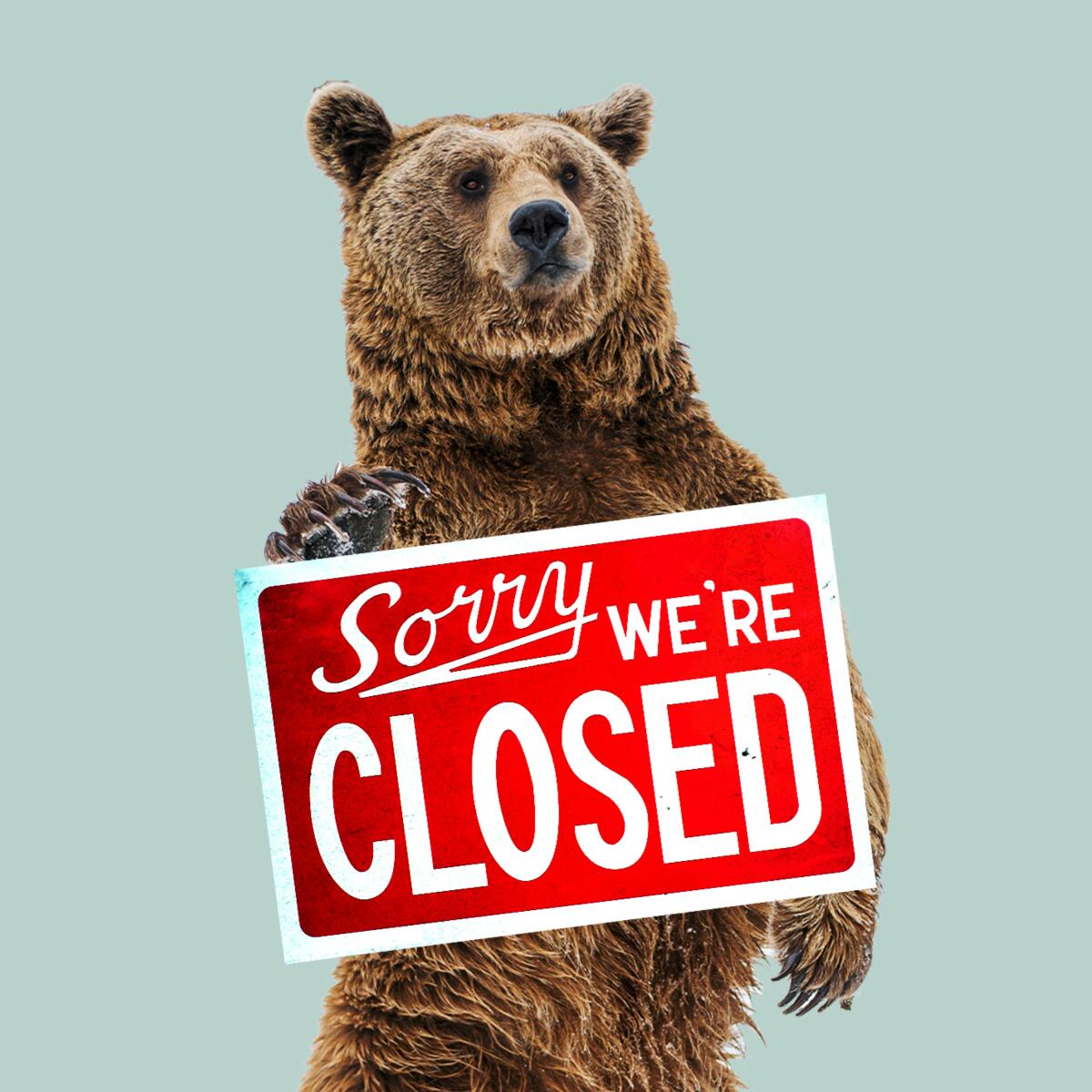
- Share via
The temporary closure of California’s national forests because of the state’s continuing wildfire crisis may have thrown a wrench into your Labor Day plans. Hiking or camping anywhere in the Angeles, Los Padres, San Bernardino and Cleveland national forests that surround L.A. is off-limits at least through Sept. 17.
What does that mean for you? Even neighborhood trails such as Echo Mountain in Altadena and the trek from Bailey Canyon to Jones Peak in Sierra Madre are closed. And summer activities such as mountain biking and chairlift rides at Big Bear Mountain Resort and Snow Valley in the San Bernardino National Forest are suspended too.
So where can you go? Here are some ideas for the long Labor Day weekend.
Verdugo Mountains: These are smaller mountains below the San Gabriel Mountains and above Glendale, Burbank and La Cañada-Flintridge. The Beaudry Motorway Loop to Tongva Peak (six to seven miles) and the Vital Link Trail (three to five miles) provide a good workout with nice views. One caveat: The routes are very exposed, which means you should bring lots of water and go in the early morning or late evening. Hikespeak outlines more options in the Verdugos.
Santa Monica Mountains: There are good hiking and biking options to explore in the Santa Monicas, including segments of the Backbone Trail and cool high points such as Sandstone Peak and the Hidden Pond Loop in Point Mugu State Park. The Ray Miller Trail, which begins near Sycamore Canyon off Pacific Coast Highway, gives your calves a workout and rewards you with spectacular ocean views. Grab a map or a trail app to find worthy routes.
State and national parks in Southern California: The national forest closures don’t affect trails and routes in the Santa Monica Mountains National Recreation Area and state parks such as Kenneth Hahn in Mid-City, Crystal Cove near Newport Beach, Malibu Creek in Calabasas, and Chino Hills. These parks have good trail options; take time to explore a new route. One thing: Coastal parks are great Labor Day destinations, but expect large crowds this holiday weekend. Plan accordingly.
Orange County: If you haven’t explored O.C. on foot, this weekend may be your opportunity. The Upper Newport Bay Preserve takes you around the coastal wetland with views of the bay (eight miles out and back). Bring your binoculars if you want to try bird-watching. Whiting Ranch Wilderness Park near Crystal Cove State Park has red rock formations that will whisk you away to the Southwest. Here are 12 trails to try in O.C.
San Diego: Mission Trails Regional Park in San Diego is one of my favorite places to roam and discover. There are 65 miles of trails on 7,200 acres, all within easy access of the urban center. The park recently ended its official 5-Peak Challenge, but you can bag the peaks on your own: Cowles Mountain, Pyles Peak, Kwaay Paay, South Fortuna and North Fortuna. (It’s easy to do all of them in a weekend.) These doable day hikes top out at 1,592 feet, a perfect sampler for views around the city.
Ocean walks: Shift from the mountains to the sea with bluff trails that keep you above the beach and your eyes on the ocean. Think about an evening hike so you can catch a blissful sunset. The Bluffs Beach Trail at San Onofre State Beach keeps you on a high 3.8-mile loop. The Salt Creek Trail in Orange County winds through Dana Point and Laguna Niguel in a 7.6-mile out-and-back route. Check out more ocean-hugging options.
Local parks: Griffith and Elysian parks are good places to get moving outdoors. You can avoid some of the crowds by going early or late in the day (trails in Griffith Park are open until 10 p.m.). Get out a map or app and look for less well-known routes, such as shady Cedar Grove in Griffith Park. Other big regional parks to try: Franklin Canyon Park on the Westside and O’Melveny Park in Granada Hills.
Wherever you decide to go, know where fires are burning. You don’t want to drive near active fires or evacuation zones. The largest fires in California now are the Dixie fire, northeast of Chico; the Caldor fire, closing in on South Lake Tahoe; the Monument fire, between Redding and Eureka; the Haypress fire in the Trinity Alps area; and the French fire near Lake Isabella northeast of Bakersfield.
Keep your eye on smaller fires closer to home, too. The L.A. Times California wildfires map tracks blazes in the state, listing when the fire started, the number of acres burned and containment status. Inciweb, or the Incident Information System (@inciweb on Twitter), is an interagency service that regularly updates large fires around the U.S. For each fire, you can drill down to see closures, alerts and evacuation orders as well as updates on the number of acres burning. (There’s even a guide that explains how to use Inciweb.) Also check Cal Fire, the state’s Department of Forestry and Fire Protection (@cal_fire on Twitter).
5 things to do over Labor Day weekend
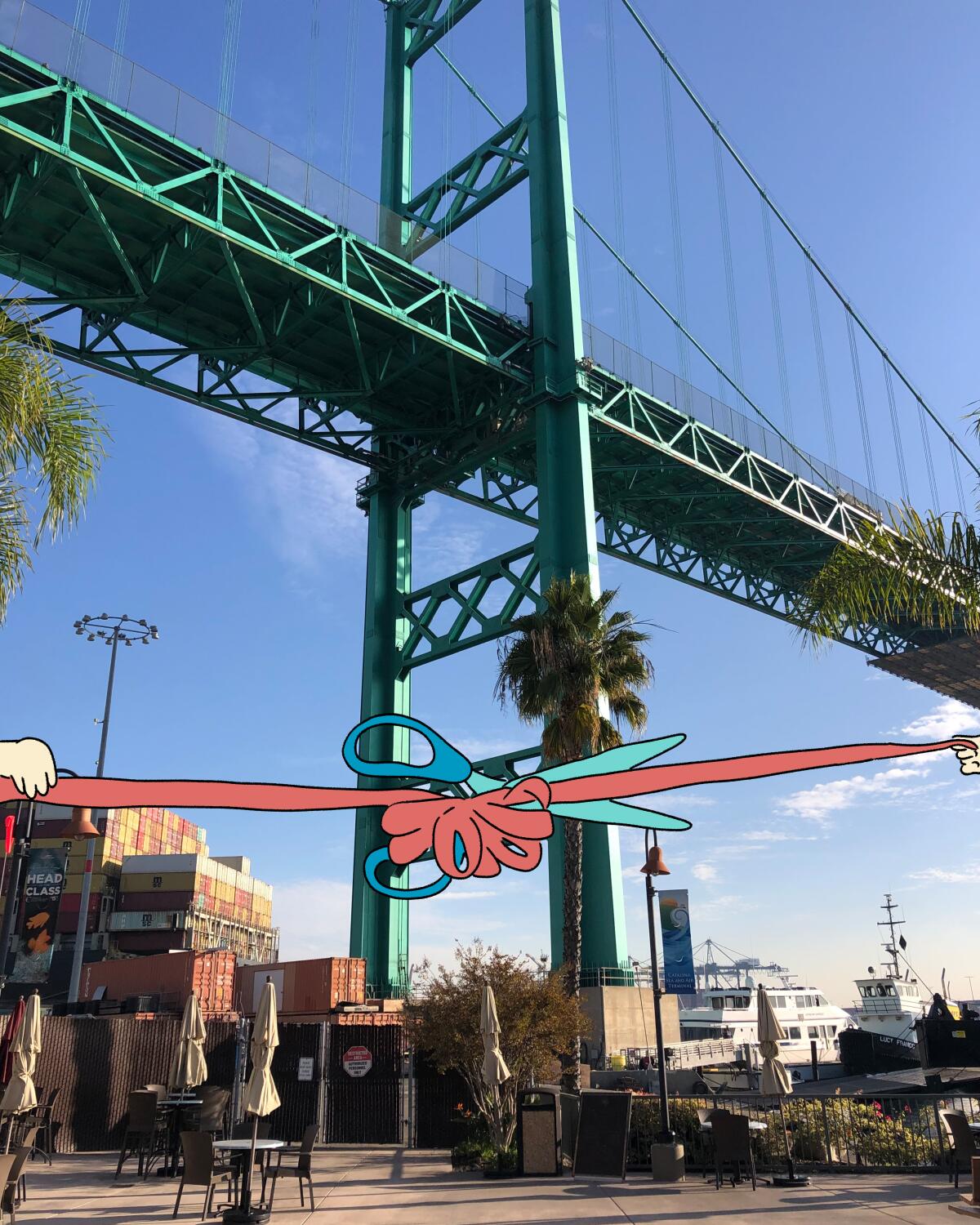
1. Run an in-person Labor Day road race. Before your barbecue on Sept. 6, pound out a few miles with an in-person race. The annual Conquer the Bridge in San Pedro offers a 5.3-mile course that twice crosses the Vincent Thomas Bridge, which is usually closed to pedestrians. Here’s a chance to get a bird’s-eye view of L.A.’s port and the ocean. The start time is 7 a.m.; $60 for same-day registration. More info here.

2. Catch a movie at Castaic Lake. Boat Cinema at Castaic Lake, 41 miles northeast of downtown L.A., will show films throughout Labor Day weekend. Bring your own boat ($89) or rent an electric mini-boat ($249 to $299, for as many as five people) to watch “Jaws” on Sept. 3, “The Dark Knight” on Sept. 4 and “Titanic” on Sept. 5. You can watch from the beach too for $20 per person. Pack a picnic or buy a prepared feast ($99 for two). Find out more about Boat Cinema here.
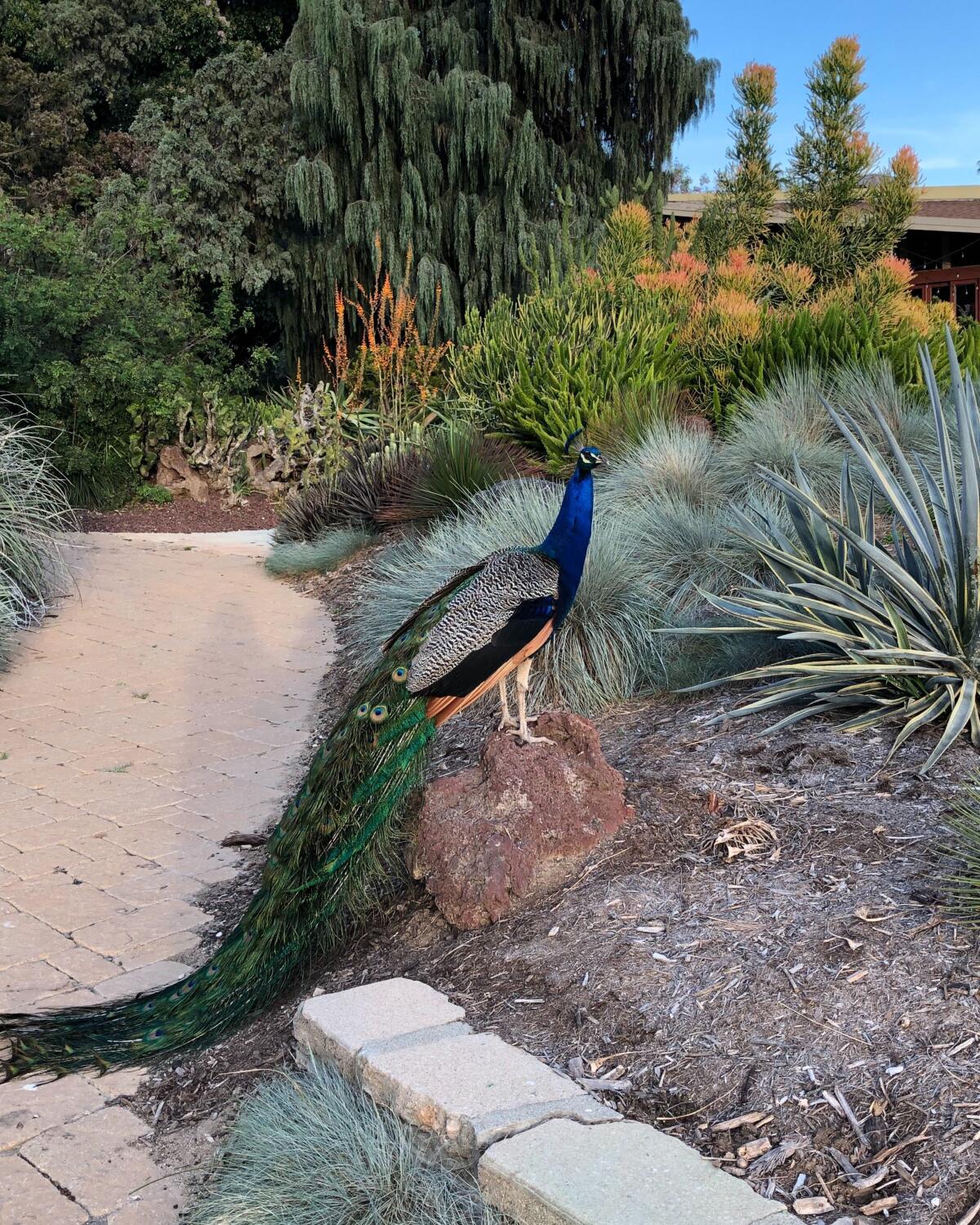
3. Try forest bathing and sound bath sessions at the L.A. Arboretum. Maybe you’ve tried these “bathing” in nature techniques, maybe you haven’t. The long weekend is a good time to experiment. On Sept. 4, you can take a morning (8 to 10 a.m.) or evening (5 to 7 p.m.) forest bathing class ($25 for members, $35 for non-members). It’s a guided walk aimed at slowing down and becoming more observant of your surroundings. Also Sept. 4, half-hour sound baths at 4 and 5 p.m. ($15 for members, $17 for non-members) take you on a meditative journey, accompanied by singing bowls and gongs. Check out these events and others on the Arboretum’s calendar.
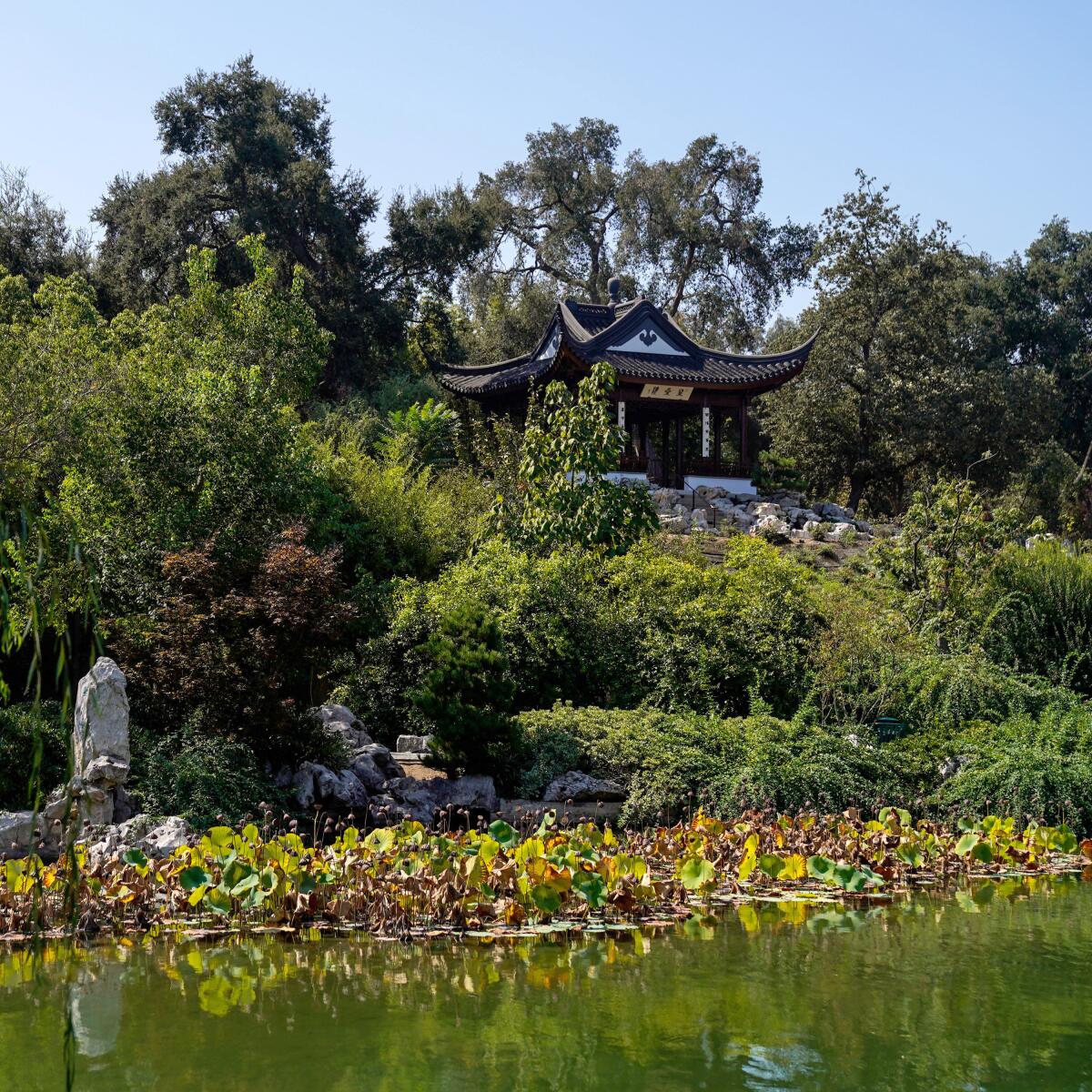
4. Final weekend of evening strolls at the Huntington. As summer comes to an end, the Huntington wraps up evening hours at the 130-acre site in San Marino. Evening strolls are still available with timed tickets between 4:30 and 6:30 p.m. Sept. 4-6 ($20 for adults). Sign up here.
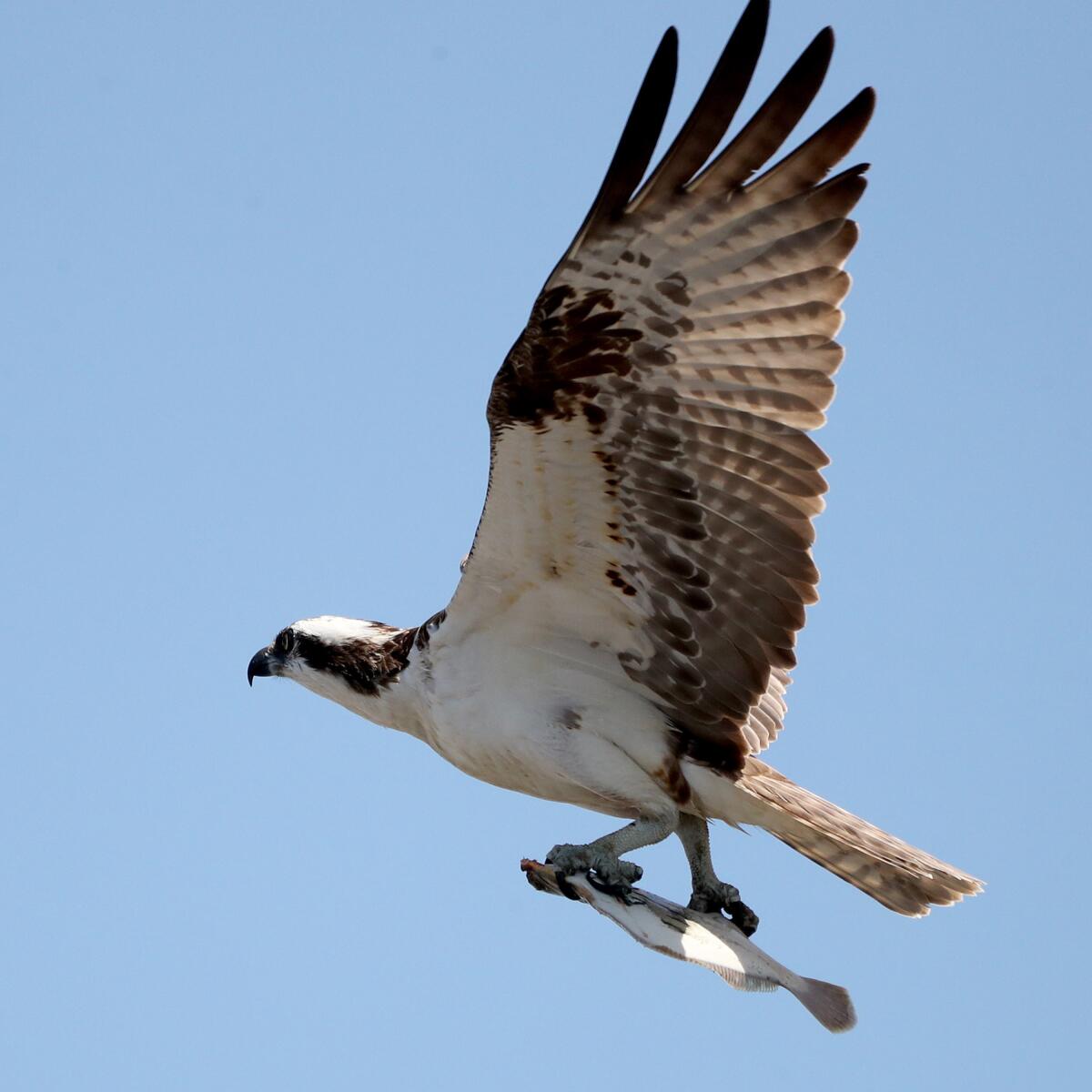
5. Go on a free guided wetlands walk in Long Beach. Southern California’s wetlands are vanishing, so it’s important to preserve those that remain. You may see raptors such as hawks and osprey on an easy nature walk from 8 to 10 a.m. Sept. 4 at the Hellman Ranch Wetlands on the border of Long Beach and Seal Beach. Good for children 7 and older too. The walk is hosted by the Los Cerritos Wetlands Land Trust; send an RSVP to elizabeth@lcwlandtrust.org.
Social moment

Big shout-out to Roy Jaimes of Ontario, who brings new meaning to the term “tree-hugger.” I did a double-take when I saw his picture on Ontario Peak after I landed on his Instagram site (@eatmyshorts_fit). Scroll through his photos and you’ll see more of his equally hard, equally impressive moves. Hang tough!
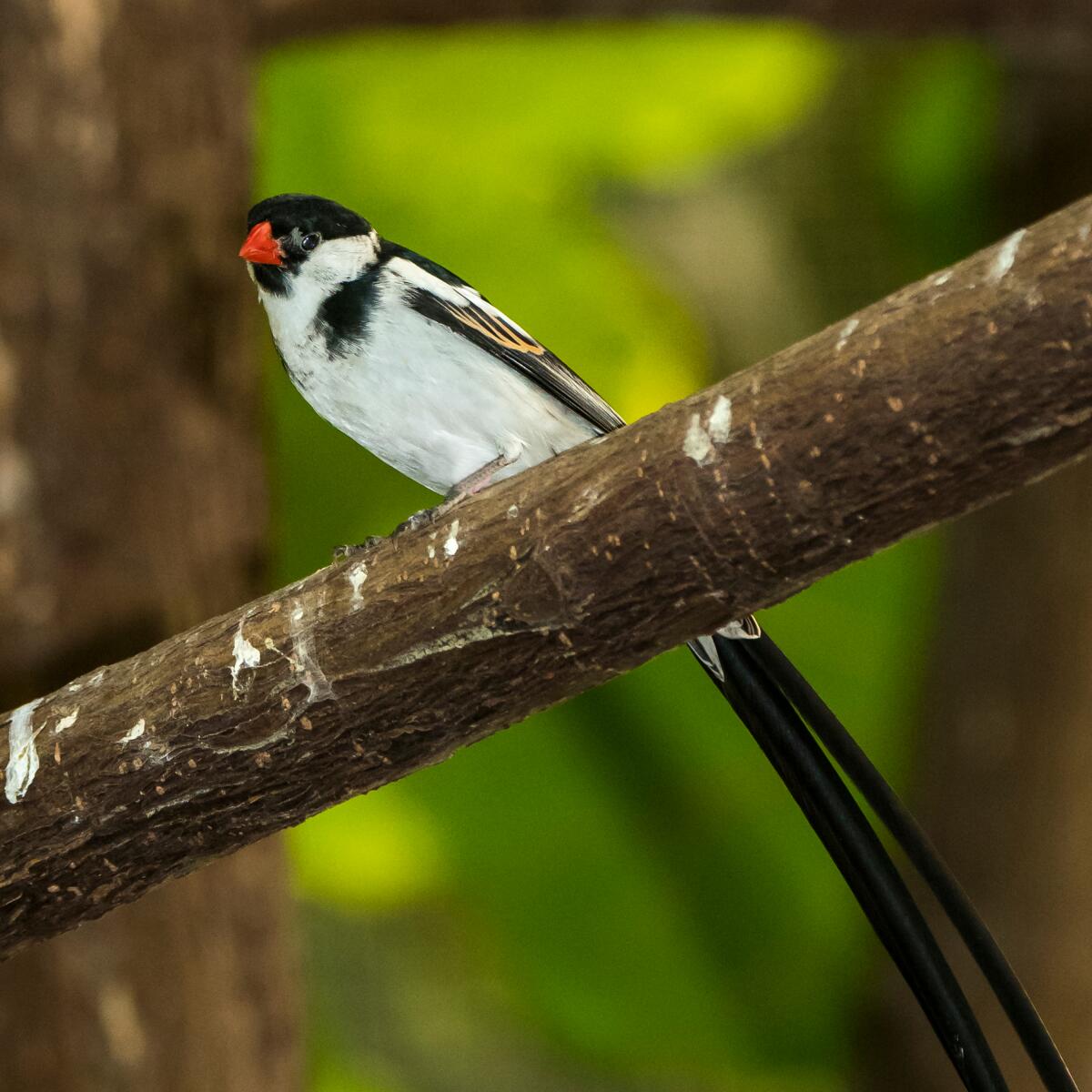
Wild things
Pin-tailed whydahs are striking — and kind of sketchy — characters. Males (shown here) sprout long, showy tails and bright orange beaks during mating season, which is right now. They are stunning when seen in a park or at a bird feeder. But the birds from sub-Saharan Africa also belong to a group called “obligate brood parasites,” which means they lay their eggs in the nests of others and trick them into raising their young.
Why should we care? Because these birds love Southern California, where they have resided since 2010. Now they number in the thousands, and that’s not a good thing, according to Allison Schultz, assistant curator of ornithology at the Natural History Museum of L.A. County. What makes them bad news for our habitat is their parasitic streak, particularly if they mess with native birds. “They do not build their own nests, they do not raise their own young,” Schultz said. “They have to lay their eggs in the nest of other birds.”
Even more insidious (or ingenious?): Whydah nestlings mimic the look of other bird chicks in the nest. So far, whydahs stick to urban areas and barge in on the nests of the scaly-breasted munia, which — you guessed it — is another introduced species. “We’re pretty sure they are parasitizing munias, which have also increased greatly in this area,” Schultz explained. “So it’s kind of a match. Interestingly, the munias are from India, so it’s two birds that would never meet in the wild.” And, yet, here they are, another only-in-L.A. relationship.

The must-read
I occasionally think about my relationship with nature and the outdoors: Do I need to slow down? Do I need to go faster? Do I want to try harder obstacles? There are aspects of each question that seem to tumble in my mind and present different answers, depending on where I am and what I’m doing.
Kate Siber, writing for Outside online, nails the very issue. The headline (“How Cancer Helped Transform My Relationship With the Outdoors”) doesn’t really capture the heft of this personal essay about factors that underlie and shape our outdoor lives.
She writes: “Since high school, I had been trained to put even my extracurricular activities on some kind of internal resume. I noticed that the outdoor culture around me also seemed to encourage this perspective, or at least not dispute it. It was a patriarchal view that embraced challenge over nourishment and doing over being — on getting somewhere and becoming someone over sensing, receiving, and communing. Even perusing the pages of this magazine as part of my job, I noticed there were generally a lot of men doing bold, dangerous things. That’s great. I like men. And adventures. But it was an imbalance that I internalized, not only in terms of the activities I chose but also the trappings of the so-called outdoor lifestyle.” You don’t have to have cancer (as Siber did) to sort out the strands of your motivation/relationship in the natural world. Read the full essay here.
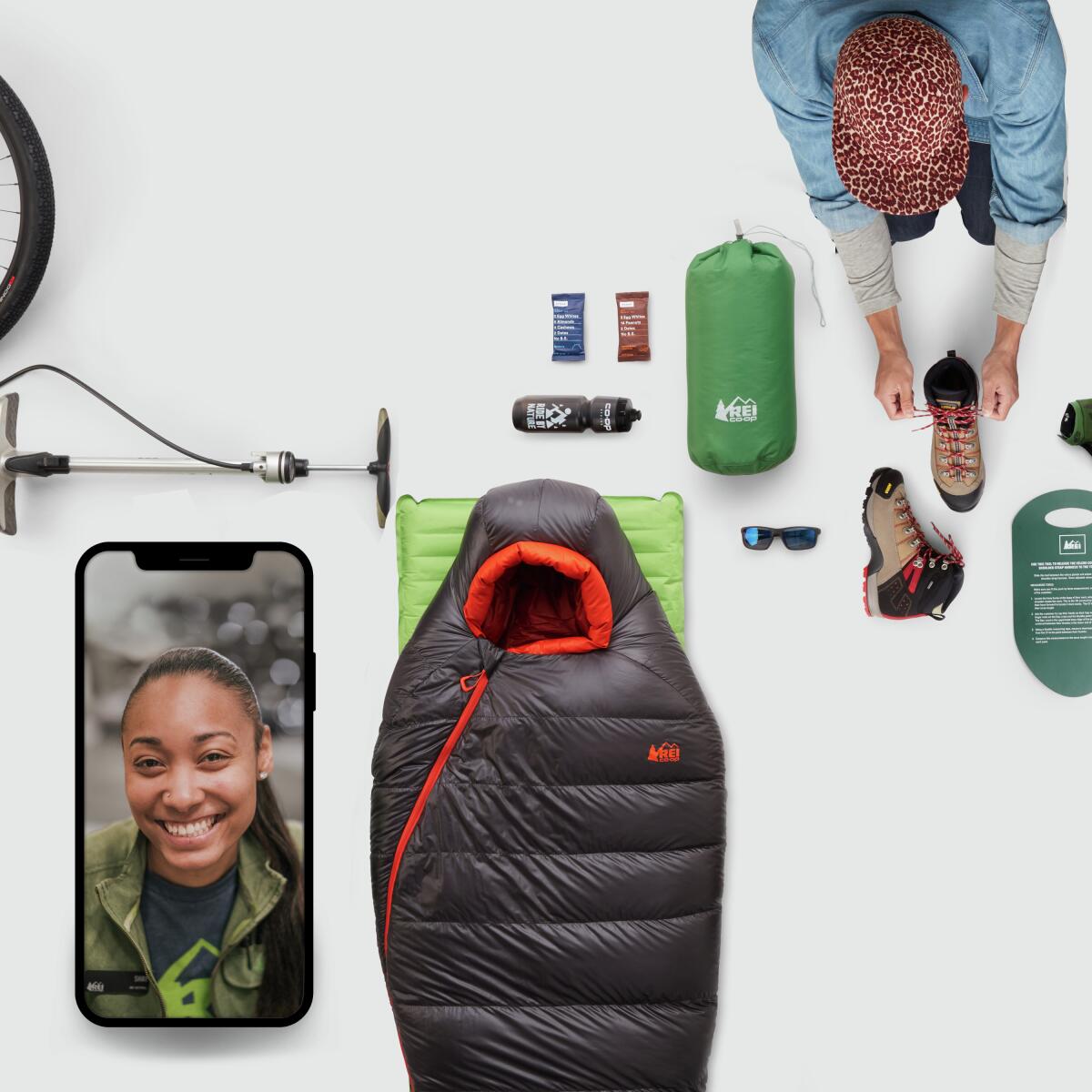
Cool stuff
Need boot-fitting advice or want to buy a new car rack? Now you don’t have to leave home to consult an expert. REI started a “virtual outfitting” online service to pair shoppers with pros when the company closed stores last year because of COVID-19. The free service was so popular that REI continues to offer it by phone or video chat. Don’t worry, the outfitters aren’t bots; they’re real people with real expertise to answer your questions. Here’s how it works: Make an appointment to talk about how to buy a car rack, cycling gear, camping and backpacking gear, ski and snowboarding gear and even travel clothes. Staff can even help you find hiking boots that fit properly. “We connect with customers where we don’t even have stores,” virtual outfitter Johnny Stevens said. Chats about camping gear take about 45 minutes and an hour for skiing and cycling. If you decide to buy, you can place an order at the same time. Find out more at Virtual Outfitting on REI’s website.
P.S.
Just in case you were planning to go, the Palm Springs Aerial Tramway at Mt. San Jacinto will be open on Labor Day, though hiking in the area will be limited because of temporary national forest closures. The tramway will close Sept. 7 through Oct. 3 for annual maintenance.
Send us your thoughts
Share anything that’s on your mind. The Wild is written for you and delivered to your inbox for free. Drop us a line at TheWild@latimes.com.
Click to view the web version of this newsletter and share it with others, and sign up to have it sent weekly to your inbox. I’m Mary Forgione, and I write The Wild. I’ve been exploring trails and open spaces in Southern California for four decades.

Sign up for The Wild
We’ll help you find the best places to hike, bike and run, as well as the perfect silent spots for meditation and yoga.
You may occasionally receive promotional content from the Los Angeles Times.




